I.Product definition and core technology
Double Side Submerged Arc Welded Pipe belongs to cost-effective industrial pipes, which are manufactured by using steel coil as base material, through spiral forming process and double side submerged arc welding technology.
i. Its production process includes:
Raw material handling: narrow width steel strip is continuously fed into the forming unit.
Spiral Forming: Stable spiral angle is formed by three-dimensional roller pressing system.
Welding system: simultaneous implementation of internal and external submerged arc welding to achieve full cross-section penetration.
Quality control: Integrated on-line ultrasonic inspection and X-ray imaging.
ii. Technical and economic advantages:
Cost control: 15%-20% increase in raw material utilization (compared to LSA pipe process) and 30% reduction in energy consumption of equipment.
Size Flexibility: Supports DN300-DN3000 pipe diameter range with wall thickness covering 6-25mm.
Structural strength: spiral welded seam makes stress distribution more uniform, circumferential strength is 10%-15% higher than the same class of straight seam pipe.
iii. Application Scenarios:
| Application Field | Pressure Rating (MPa) | International Standard Reference |
|---|---|---|
| Municipal Water Supply System | 0.6-2.5 | AWWA C200/EN 10224 |
| Regional Heat Supply Network | 1.6-4.0 | ASTM A139/A53 |
| Marine Piling Engineering | - | API 5L/ISO 3183 |
| Oil and Gas Transmission Pipelines | 5.0-12.0 | API 5L X60-X80 |
II. Double-sided submerged arc welded pipe technology features
The following are the core technical advantages and process characteristics of double-sided submerged arc welded pipe, combined with international engineering standards and quality control system, applicable to oil and gas transportation, municipal infrastructure and industrial pipeline system selection reference:
i. Molding control and size adaptability
Stress optimization: Adopting spiral continuous molding technology, the steel plate realizes uniform plastic deformation in three-dimensional roll pressure, the residual stress is reduced by 40%-60%, and the surface has no mechanical scratches.
Specification coverage: Supporting diameter range DN300-DN3000, wall thickness 6-25mm, especially good at producing X80/X100 high steel grade thick-walled pipes (wall thickness ≥15mm) to meet the customized demand for large-diameter and high-pressure pipelines in API 5L standard.
Material Utilization: Narrow width steel strip can produce different pipe diameters by adjusting the spiral angle, reducing raw material loss rate by 18%-25%.
ii. Welding process and quality stability
Two-step welding method:
Pre-welding positioning: Initial fixation of weld is realized through high frequency pre-welding (100-150kHz), and the amount of misalignment is controlled at ≤1.5% wall thickness.
Double-sided submerged arc precision welding: internal and external weld channels are synchronized with Lincoln automatic welding machine, the melting depth reaches more than 90% of the plate thickness, and the impact toughness of the weld is ≥80J (-20℃ low-temperature environment).
Defect control: integrated ultrasonic and X-ray online inspection, weld porosity ≤ 0.5%, unfused defect detection rate of 100%, in line with ASME B31.8 oil and gas pipeline specifications.
iii. Mechanical Expansion and Stress Management
Dimensional accuracy: overall expansion rate of 3%-5%, ellipticity ≤ 0.8% (better than 1.5% required by API 5L), to ensure the matching accuracy of on-site ring welding.
Stress homogenization: The circumferential residual stress of the pipe is reduced to ≤100MPa after the expansion, which reduces the risk of Stress Corrosion Cracking (SCC), and is suitable for environments containing H₂S acidic media.
Construction compatibility: The geometric consistency of the expanded diameter increases the efficiency of on-site welding bevel preparation by 30% and reduces installation costs.
iv. Engineering Applications and Standards Compatibility
Double-sided submerged arc welded pipe has passed the following international certifications:
Oil and gas transportation: API 5L X70-X120 (PSL2), ISO 3183 Class III pipe
Municipal engineering: AWWA C200 (water transmission), EN 10224 (low pressure fluids)
Special scenarios: NACE MR0175 (resistance to hydrogen sulfide corrosion), ASTM A139 (heat pipe network)
III. Double-sided submerged arc welding pipe production process
| Process Step | Description | Key Parameters | Precautions |
|---|---|---|---|
| Raw Material Preparation | Select suitable steel plates or steel strips as raw materials | Steel material (e.g., Q235, Q345) Plate thickness and width |
Ensure the quality of raw materials meets the standard, free of defects |
| Plate Pre-treatment | Remove rust, oil, and other impurities from the surface of the steel | Cleaning method (e.g., sandblasting, chemical cleaning) Cleaning quality standard |
The surface should be free of residual impurities, clean and dry after pre-treatment |
| Plate Forming | Roll the steel plate or strip into a tubular shape | Forming angle Forming speed |
Ensure the formed pipe blank has no wrinkles or cracks |
| Welding | Welding is performed using double-sided submerged arc welding technology | Welding current Welding voltage Welding speed Welding protective gas |
Strictly control parameters during welding to ensure weld quality |
| Weld Inspection | Inspect the quality of the weld to ensure there are no defects | Non-destructive testing methods (e.g., X-ray testing, ultrasonic testing) Inspection standard |
Defects should be repaired promptly to ensure the weld quality meets the standard |
| Heat Treatment | Heat treatment is performed on the welded steel pipe to eliminate welding stress | Heat treatment temperature Insulation time Cooling method |
The performance of the steel pipe after heat treatment should meet the requirements |
| Finishing | Adjust the dimensions and perform surface treatment on the steel pipe | Dimensional accuracy requirements Surface treatment method (e.g., painting, galvanizing) |
Ensure the dimensions of the steel pipe meet the standard and the surface quality is good |
| Inspection | Comprehensive inspection of the finished steel pipe | Dimensional inspection Appearance inspection Performance inspection (e.g., tensile test, bending test) |
The inspection results should meet the relevant standards, and non-conforming products should be reworked |
| Packaging | Package the qualified steel pipes for transportation and storage | Packaging method Packaging material |
The packaging should be sturdy to prevent damage during transportation |
| Storage and Transportation | Store the packaged steel pipes in a suitable environment and arrange for transportation | Storage environment (e.g., dry, ventilated) Transportation method |
Prevent the steel pipes from being damaged during storage and transportation |
IV. Comparison of double-sided submerged arc welded pipe and straight seam welded pipe
| Characteristics | Double-sided Submerged Arc Welded Pipe | Straight Seam Welded Pipe |
|---|---|---|
| Production Process | Uses double-sided submerged arc welding technology, with simultaneous welding of internal and external seams, ensuring high welding quality | Uses single-sided submerged arc welding or high-frequency welding, typically with only one seam |
| Welding Quality | High-quality welds, uniform and strong, with low defect rates | Relatively lower welding quality, with potential for welding defects |
| Wall Thickness Range | Typically thicker, suitable for high-pressure, large-diameter pipelines | Relatively thinner, suitable for low-pressure, medium and small diameter pipelines |
| Outer Diameter Range | Large diameter (usually ≥219mm) | Medium and small diameter (usually ≤630mm) |
| Strength | High strength, suitable for high-pressure and heavy load applications | Relatively lower strength, suitable for general purposes |
| Corrosion Resistance | Can be improved by surface treatment (e.g., anti-corrosion coating) | Can be improved by surface treatment (e.g., anti-corrosion coating) |
| Production Efficiency | High production efficiency, suitable for mass production | Relatively lower production efficiency, suitable for medium and small batch production |
| Cost | Higher cost, especially for large-diameter and thick-walled pipes | Relatively lower cost, especially for medium and small diameter and thin-walled pipes |
| Application Fields | Widely used in oil and gas transmission, chemical industry, construction structures, etc. | Widely used in water, gas, air transmission, building decoration, etc. |
| Standards | GB/T 9711, API 5L, SY/T 5037, etc. | GB/T 3091, GB/T 13296, JIS G 3444, etc. |
| Weld Inspection | Typically uses non-destructive testing methods such as X-ray testing and ultrasonic testing | Typically uses non-destructive testing methods such as X-ray testing and ultrasonic testing |
| Surface Treatment | Can be painted, galvanized, coated with anti-corrosion coating, etc. | Can be painted, galvanized, coated with anti-corrosion coating, etc. |
| Dimensional Accuracy | High dimensional accuracy, suitable for applications requiring high precision | Relatively lower dimensional accuracy, suitable for general precision requirements |
| Fatigue Resistance | Good fatigue resistance, suitable for dynamic load environments | Relatively lower fatigue resistance, suitable for static load environments |
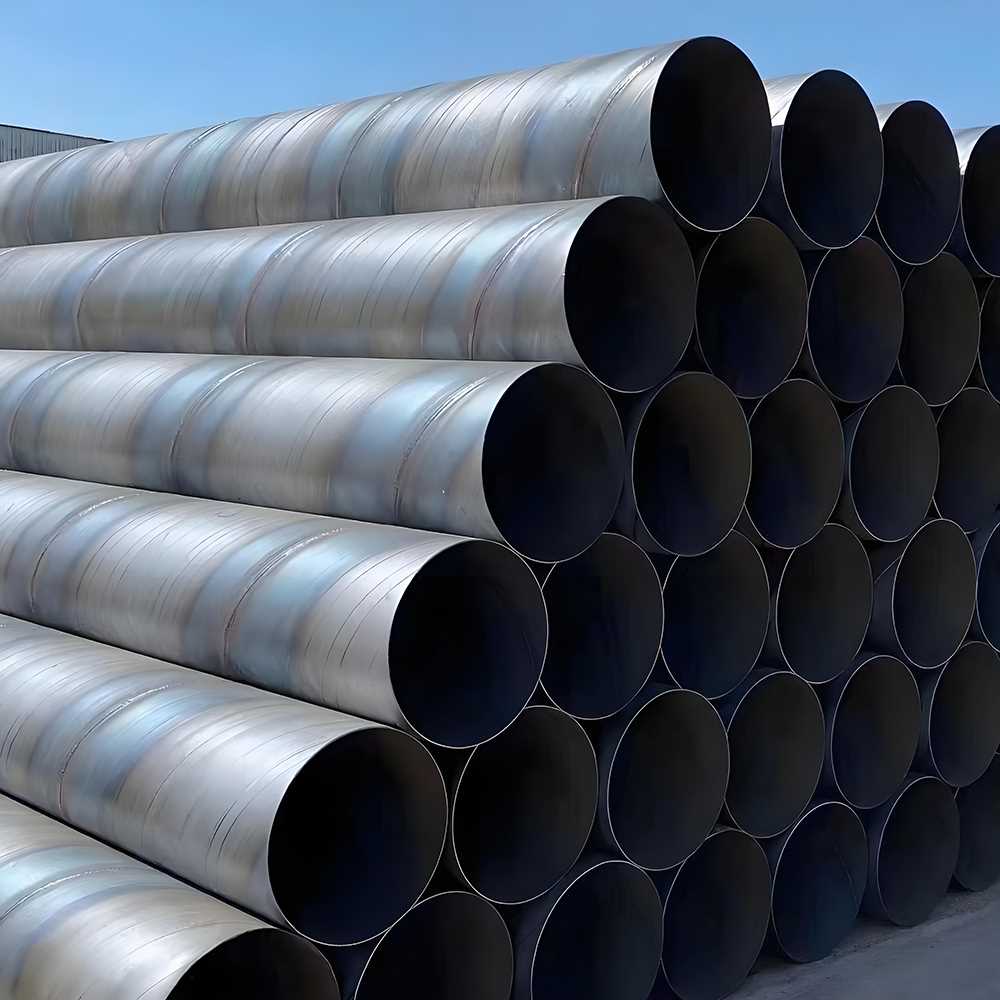
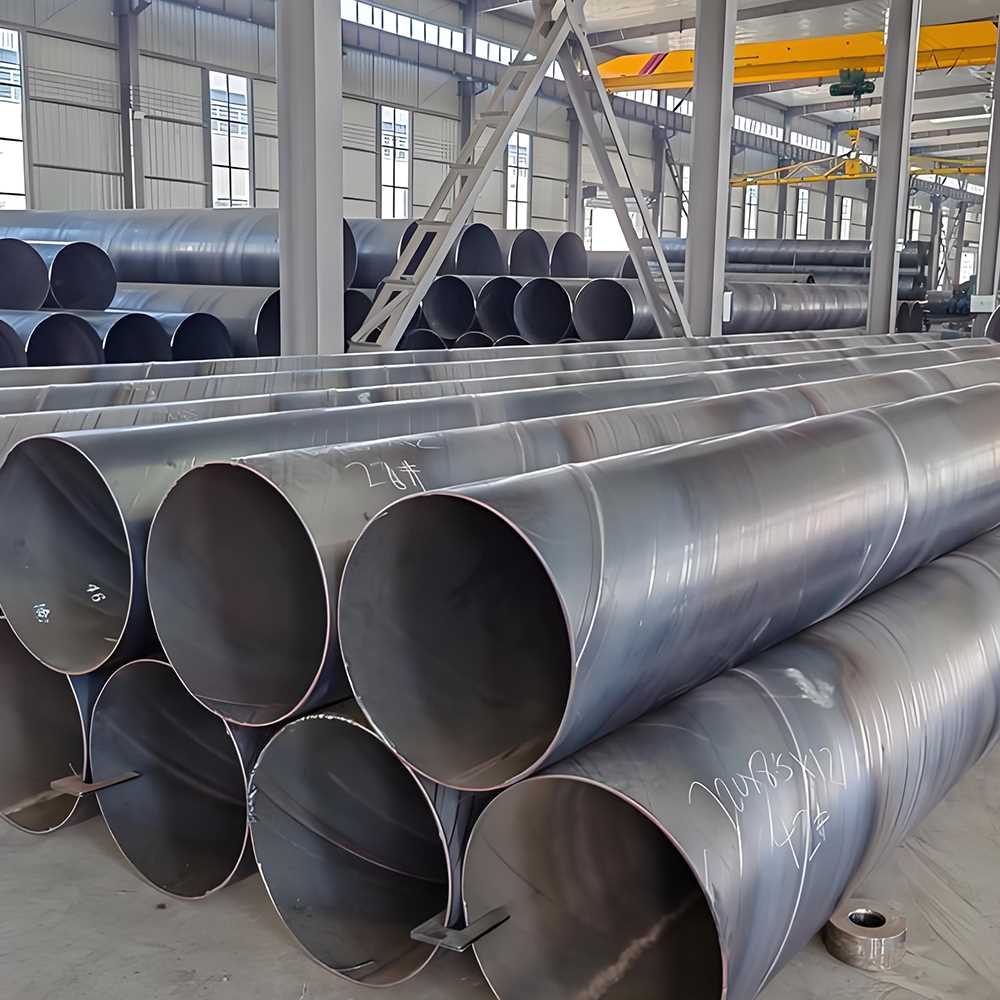
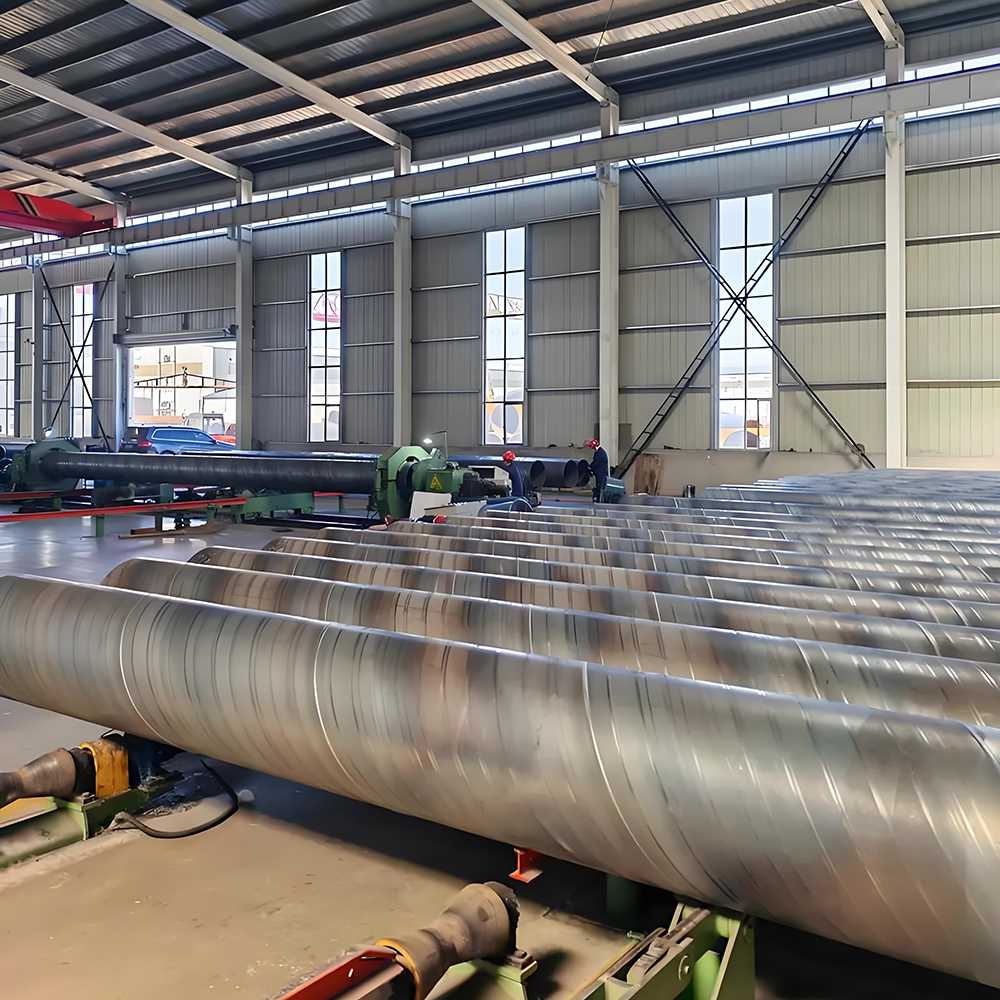
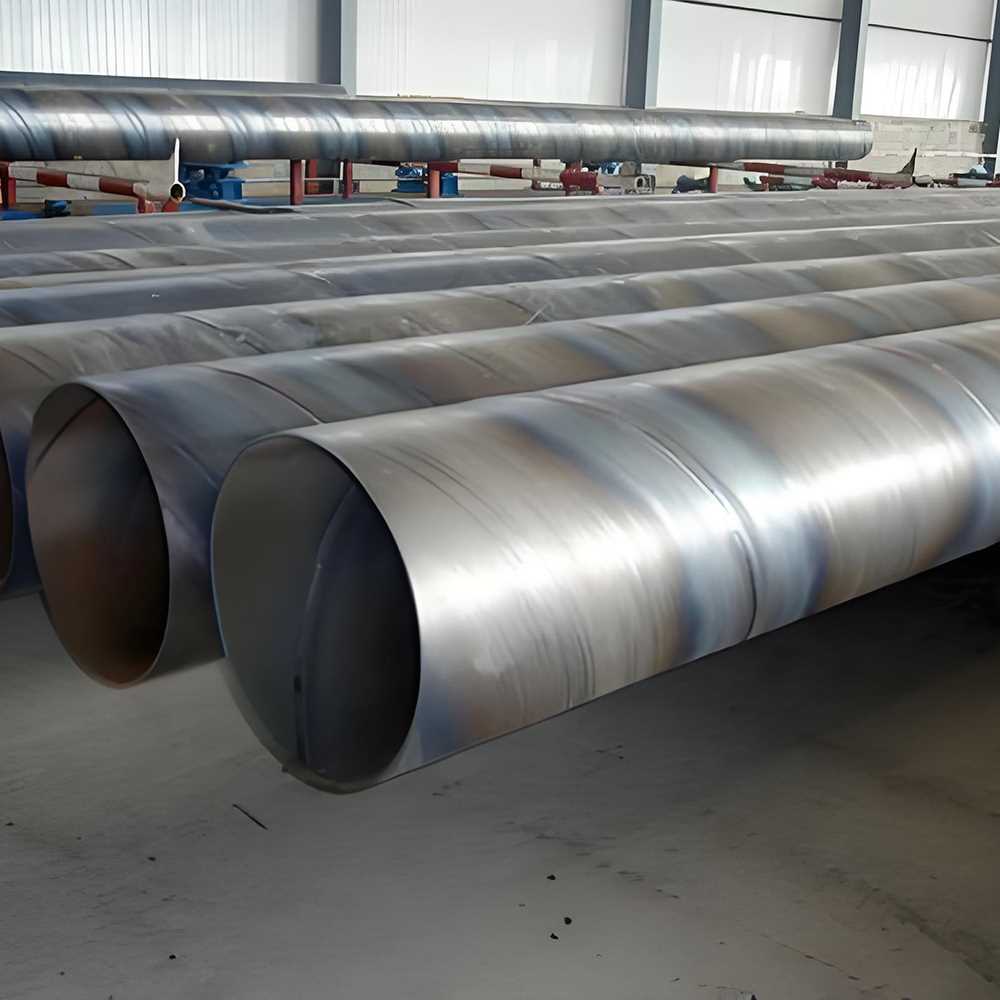
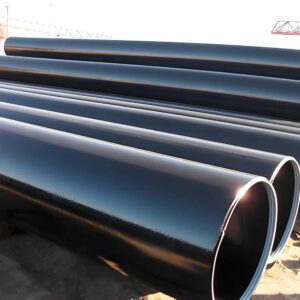
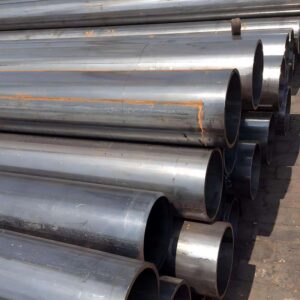
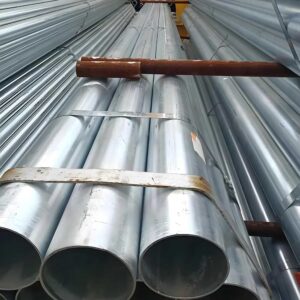
Reviews
There are no reviews yet.